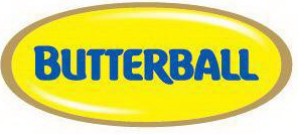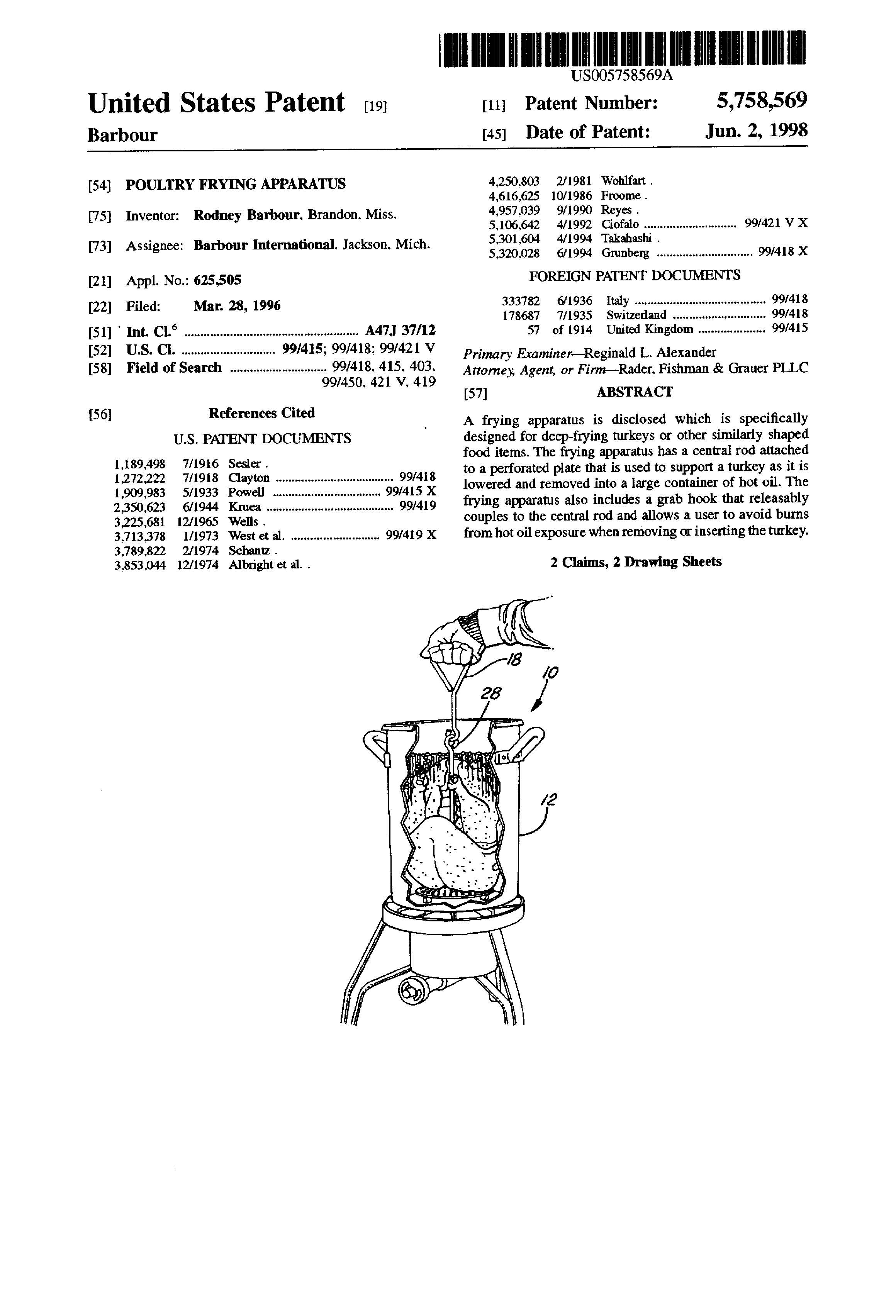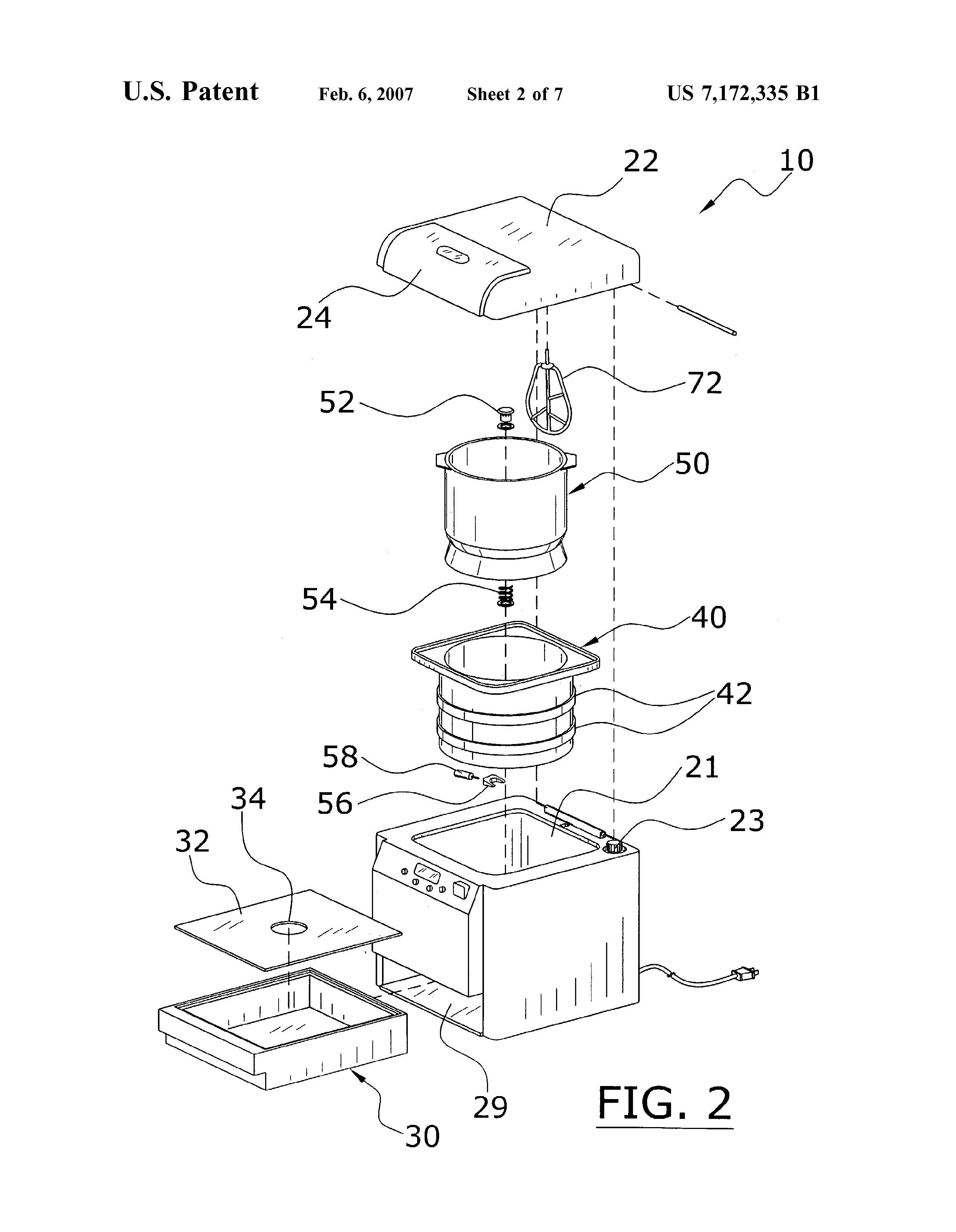Thanksgiving is here once again, a time when family and friends come together and celebrate. Here are a few interesting patents, patent applications, and trademarks to keep in mind before you savor the Thanksgiving meal.
The Turkey
“Remote Controlled Turkey Calling Device” U.S. Patent No. 4,862,625 is designed for hunters who prefer to provide the main course the old-fashioned way. According to the patent application, the hunter uses a remote control to project the call sound. The remote enables the hunter to lure his quarry into his hunting range while remaining out of the bird’s line of sight, and as a result, increasing the probability of catching his prey.
 For those who prefer the safe confines of the grocery store, one of the most widely recognized manufacturers of turkeys is Butterball®. Their brand name is protected by a trademark, US Registration No. 1151836.
For those who prefer the safe confines of the grocery store, one of the most widely recognized manufacturers of turkeys is Butterball®. Their brand name is protected by a trademark, US Registration No. 1151836.
Preparation of the Turkey
Frying is the newest method of cooking a turkey. The “Poultry Frying Apparatus” U.S. Patent No. 5,758,569 features a central rod attached to a  perforated plate that is used to support the turkey as it is lowered and removed into the large container of hot oil. There is also a grab hook to avoid burns from the hot oil when the turkey is removed.
perforated plate that is used to support the turkey as it is lowered and removed into the large container of hot oil. There is also a grab hook to avoid burns from the hot oil when the turkey is removed.
Those who take the more traditional route of roasting a turkey may find the “Turkey and Roast Lifter Sling” U.S. Patent No. 3,784,069 to be helpful. This invention is a simple sling that has a center point and loops to grab on each end. This allows the cook to easily lift and lower the turkey into the roaster. The sling’s material will not cause damage to carving tools; thus, the sling enables the cook to easily dispose of the remains after the turkey is carved.
Carving the Turkey
This can be a very tedious process, inventor Bryan Hirokane, fortunately, came up with a “Process for De-Boning a Turkey”, U.S. Patent No. 6,752,467. This method requires multiple incisions to remove the bones but shortens the cooking time, reduces in space required in the oven, and eliminates the need to carve around the bones when the turkey is ready to be served.
Side Dishes
For sweet potato pie lovers, “Evangeline” is a sweet potato plant patent US PP19,710 that is disease resistant, and possesses a deep orange flesh and a high sucrose content. The high sucrose content makes the potato sweeter, a nice pairing with the marshmallow topping.
The “Machine for Automatic Cutting of Green Beans” US 2008/0295661 simplifies the green bean casserole preparation. The machine cuts off the hard to chew ends of the bean with a sharp blade and disposes them in a receptacle placed on the ends of the machine.
 The “Automatic Mashed Potato System” US 7,172,335 cooks, mashes, and seasons potatoes all in one device. The abstract of the patent application describes it as “[a]n automated drain within the mixing container drains the water, then the seasoning unit inputs seasons into the mixing container and the mashing apparatus thereafter mashes the potatoes.”
The “Automatic Mashed Potato System” US 7,172,335 cooks, mashes, and seasons potatoes all in one device. The abstract of the patent application describes it as “[a]n automated drain within the mixing container drains the water, then the seasoning unit inputs seasons into the mixing container and the mashing apparatus thereafter mashes the potatoes.”
The Pie
A “Pie Pan” U.S. Patent No. 1,402,065 is the preferred pie baking tool. This particular pan is a “combination of an outer imperforate pan, shaped like a cake pan, with inner sectional perforate pan, shaped like a pie’ pan and adapted to fit down into the outer pan, the pie pan sections being adapted for easy separation after removal from the outer pan so that the pie or pastry cooked therein can be readily slipped out without breakage.”
The “Dough Package” U.S. Patent No. 1,988,058 can be a big help to those who do not have time to prepare a pie crust from scratch. “This invention relates to preparing and packaging dough for commercial and domestic use, in that the dough is prepared and packed in a sanitary package in a manner whereby it will keep for future use, for a prolonged period of time and can be readily handled and shipped, and sold through stores and the like to the housewife, for the preparation of pastry, biscuits, bread or the like.”
For those who prefer to pick up their pies, the “Automatic Pie Machine” U.S. Patent No. 3,129,674 allows for the mass production of pies. This invention was created to decrease the cost of labor and increase the efficiency of the pie making process. The primary objective of this invention is to “provide an automatic pie making machine which is capable of preparing pies, having upper and lower crusts enclosing filling material, and which eliminates all manual steps and reduces to a bare minimum the amount of human labor necessitated to supervise the operation of the machine.”
Everyone at Suiter Swantz IP would like to wish everyone a safe and happy Thanksgiving.
Suiter Swantz IP is a full-service intellectual property law firm, based in Omaha, NE, serving all of Nebraska, Iowa, and South Dakota. If you have any intellectual property questions or need assistance with any patent, trademark, or copyright matters and would like to speak with one of our patent attorneys please contact us.
